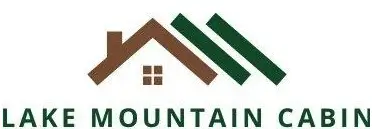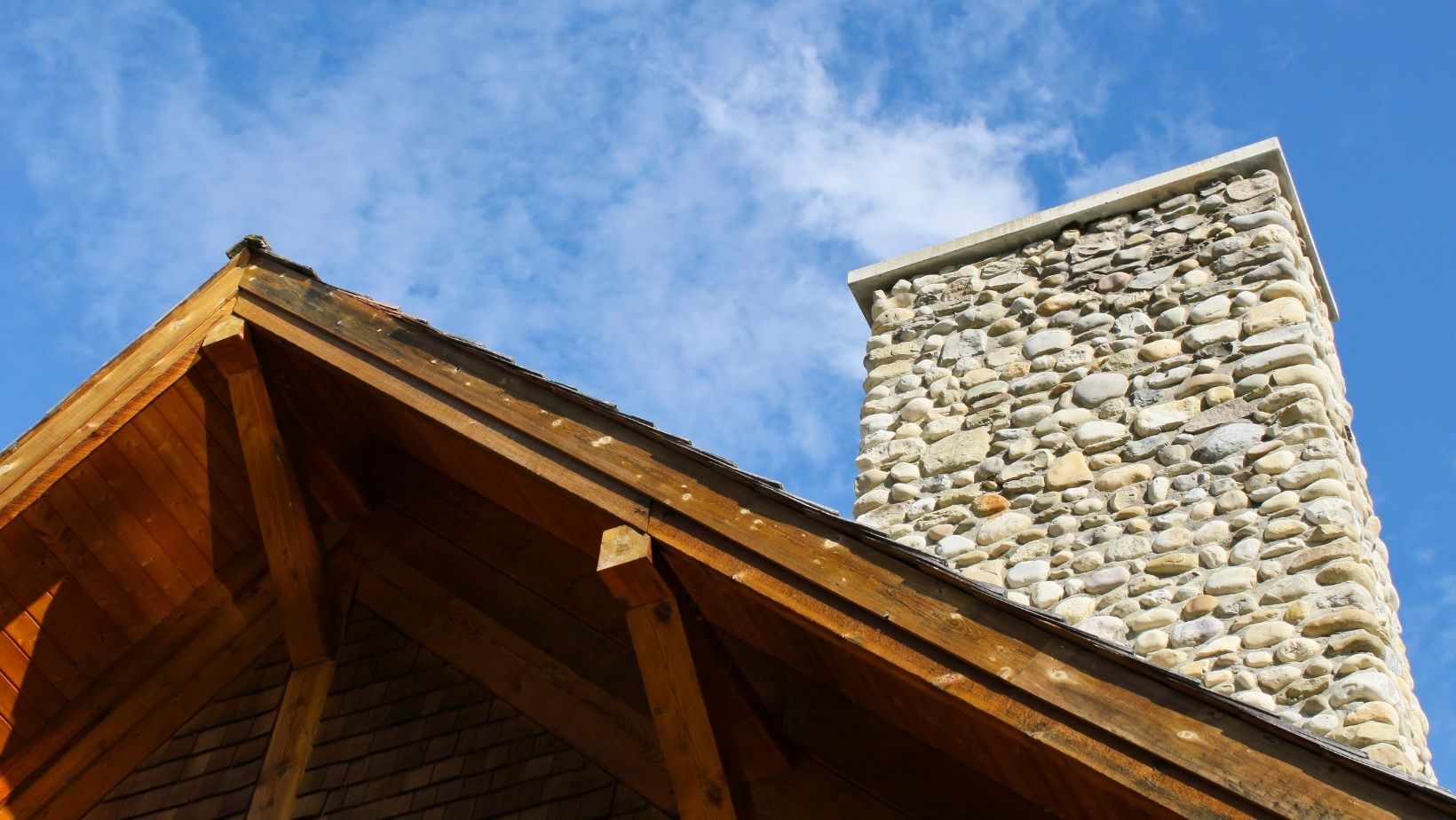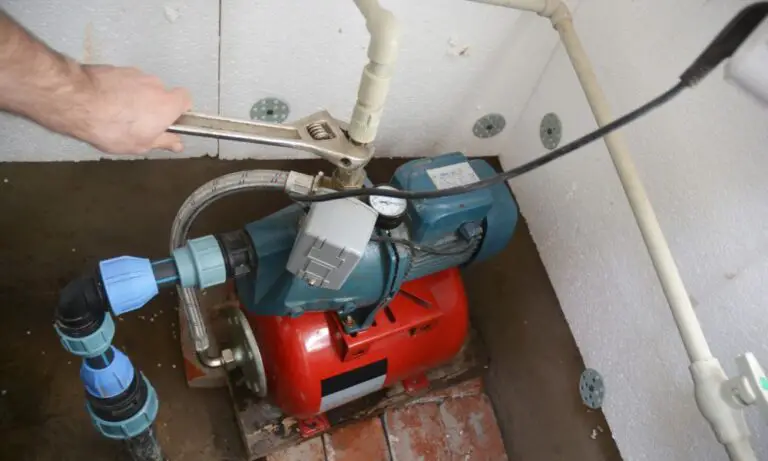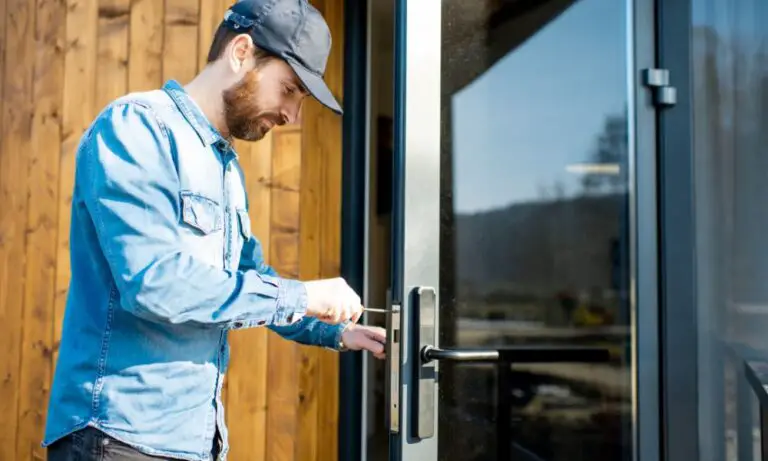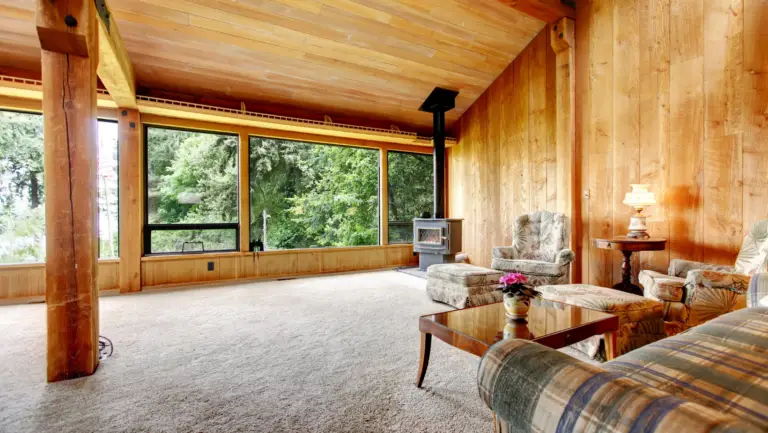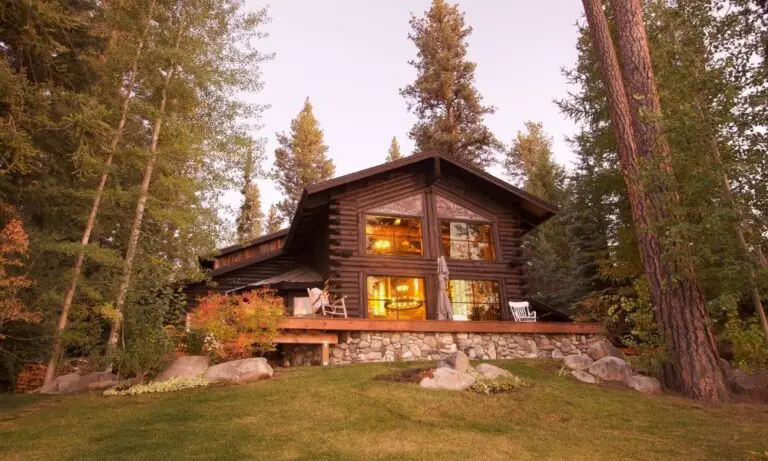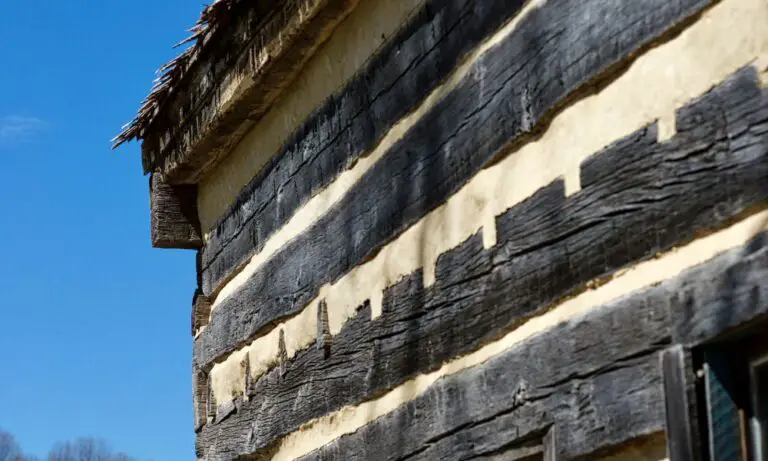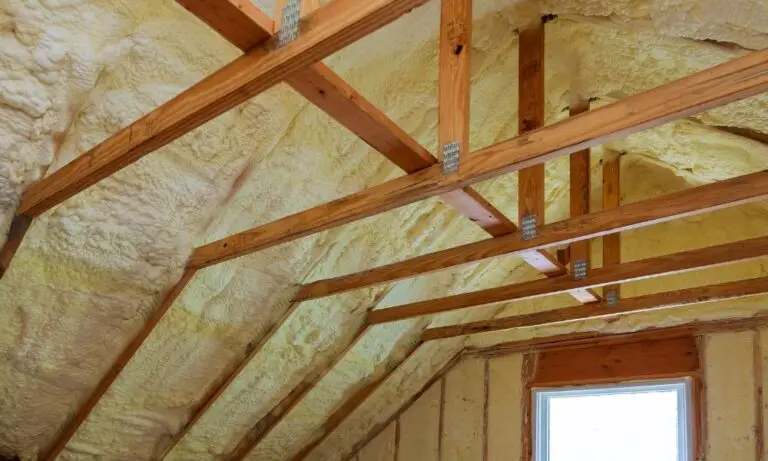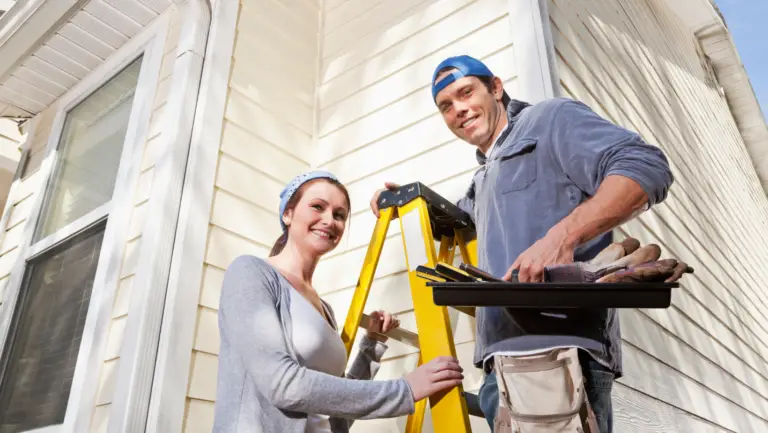Designing your dream cabin or log home doesn’t stop at the walls and windows. The roof is a vital component of any structure, keeping out the elements and protecting your investment. When it comes to log cabin roofing, there are a few things you need to take into account to make sure you get the right look and function for your home.
Luckily there are plenty of options when it comes to log cabin roofing, so you can easily find the style that suits your home and budget.
In this post, we’re going to cover everything you need to know about log cabin roofing from roof design to materials, to finishing your roof and carrying out essential and regular maintenance.
So, whether you’re planning to build your log cabin from scratch or you’re renovating an existing one, you’ll be a roofing expert by the time you finish reading this post!
Watch this excellent video about building log cabin roofing systems we found on Youtube!
Log Cabin Roof Design
Naturally, the first place to start when considering log cabin roofing is the design. There are a few different styles to choose from, each with its own benefits and drawbacks.
The most common roof design for log cabins is a simple gable roof, where the two slopes of the roof meet at a peak. This is a relatively straightforward log cabin roofing option that offers good protection from the elements but can feel a bit too traditional and boxy for some people.
If you’re looking to capture a more rustic log cabin aesthetic, a hipped roof is another popular choice. This log cabin roofing style features four sloping sides that meet in an inward-facing point at the top of the structure. This creates a more complex roofline that can be more difficult to build, but the unique look is often worth the extra effort.
Another log cabin roofing style to consider is a shed roof, which is a single sloping surface that runs from one side of the structure to the other. This log cabin roofing style is relatively easy to build and can provide good protection from the elements, but isn’t as visually appealing as some of the other log cabin roofing options.
Additional Roof Design Considerations
In addition to the overall log cabin roofing style, there are a few other design elements to consider. These include the pitch of the roof, the overhang, and the type of gable ends.
Log Cabin Roof Trusses
Log cabin roof trusses are an important structural element that need to be taken into account when designing your log cabin roof. These are the beams that support the weight of the roof and can be made from a variety of materials, including wood, steel, or even aluminum.
When choosing log cabin roof trusses, it’s important to consider the snow load and wind load that your roof will need to be able to support. This will vary depending on where you live and the climate conditions in your area.
Log Cabin Roof Pitch
Another important consideration for log cabin roofing is the pitch, or angle, of the roof. This is usually expressed as a ratio, such as 4:12, which means that the roof rises 4 inches for every 12 inches it extends.
The pitch of your log cabin roof will affect the amount of headroom you have inside the structure as well as the amount of space that can be used for storage in the attic or loft.
It’s also worth considering the overhang of your log cabin roof when designing your cabin. This is the portion of the roof that extends beyond the walls of the structure and can provide much-needed protection from the elements, like rain and snow.
log Cabin Roof Framing
Framing is the next step in the roofing process. This is where the roof trusses are put into place and the roof deck, or sheathing, is added. The roof deck provides a base for the log cabin roofing material, which will be added in the next step.
The most common material used for log cabin roof framing is wood, although some log cabin builders also use OSB or plywood.
Log Cabin Joints
Of course, the log cabin roofing joints are an essential but often step that many people overlook when building their log cabins. These joints need to be sealed and flashed properly in order to protect them from moisture, leaks, and other damaging elements.
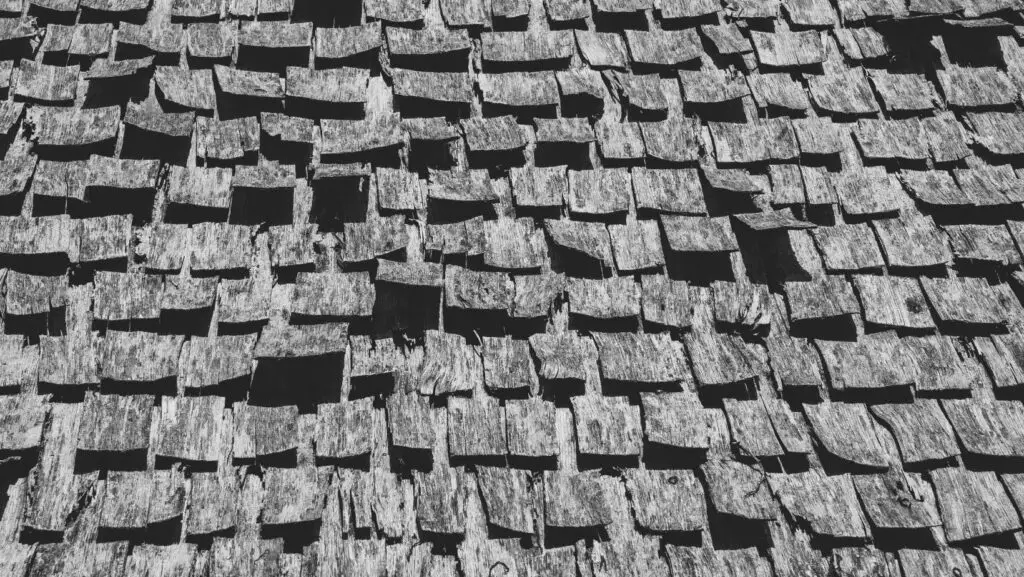
Log Cabin Roof Options
Now that you’ve chosen the perfect log cabin roof design for your home, it’s time to start thinking about log cabin roofing materials.
Log Cabin With Tin Roof
Tin is a popular log cabin roofing material because it’s affordable and easy to install. However, tin roofs can be susceptible to leaks and may not last as long as some of the other log cabin roofing materials on this list.
Log Cabin Roof Shingles
Shingles are another popular log cabin roofing option that comes in a variety of colors, sizes, and styles. If you’re looking for a log cabin roof that is both attractive and long-lasting, log cabin shingles may be the right choice for your home.
Log Cabin Green Roof
A green roof is another log cabin roofing option that has become more popular in recent years. A green roof is a living roof, meaning it’s covered with plants and soil instead of traditional log cabin shingles or tin panels.
There are a variety of benefits to choosing an eco log cabin green roof, including improved energy efficiency, better protection from the elements, and a more attractive appearance.
Log Cabin With Thatched Roof
Thatch is the traditional log cabin roofing material and is still used in many parts of the world today. If you’re looking for an authentic log cabin roof, a thatched roof is a great option.
However, thatched roofs require more maintenance than some of the other log cabin roofing materials on this list and can be susceptible to fire.
Flat Roof Log Cabin
A flat roof is a more modern log cabin roofing option that has become popular in recent years. Flat roofs are easy to maintain and are less susceptible to leaks than some of the other log cabin roofing materials on this list.
However, flat roofs may not be the best choice for log cabins in areas with heavy snowfall or high winds.
Log Cabin Roof Tiles
Tiles are another log cabin roofing option that comes in a variety of colors, sizes, and styles. If you’re looking for an attractive, long-lasting a well-insulated log cabin roof, log cabin roof tiles may be the right choice for your home.
Bespoke Log Cabin Roof Systems
Retractable roofs and log cabin skylights are also popular log cabin roofing options that can add a unique and modern touch to any home. Roofs like these re designed to fit perfectly into the environment and make the most of the surrounding natural beauty.
Log Cabin Roof With Solar Panels
Finally, log cabin roofs can also be outfitted with solar panels to help make your home more energy-efficient. Adding solar panels to your log cabin roof is a great way to reduce your monthly energy costs and help the environment at the same time.
Whatever log cabin roof design you choose for your home, it’s important to take the time to carefully consider all of your log cabin roofing options in order to ensure that your log cabin will be protected from the elements for years to come.
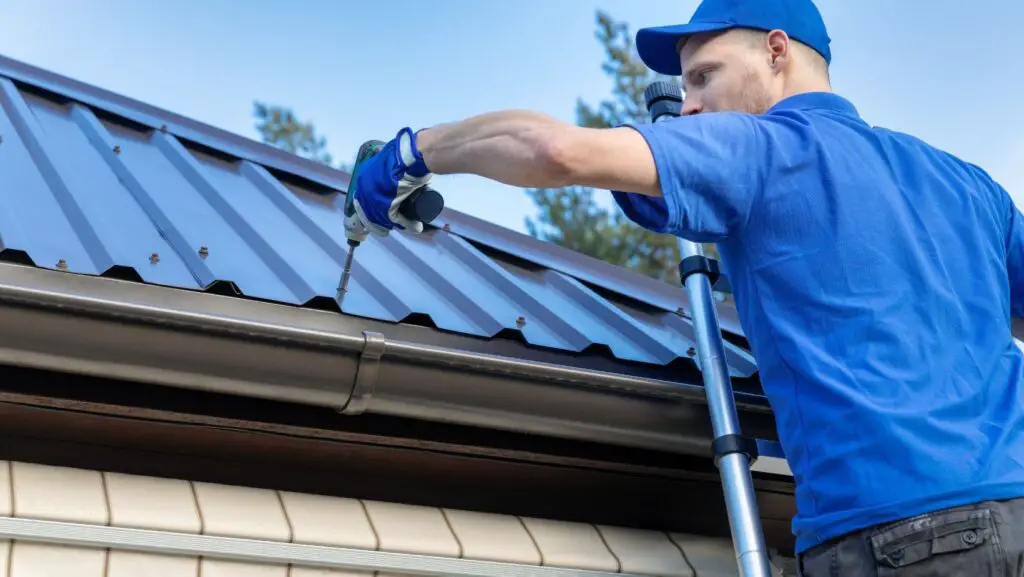
Finishing Log Cabin Roofs
So, we’ve covered log cabin roofing basics like materials, log cabin roof framing, log cabin joints, and log cabin roof options. But what about log cabin roof finishing?
When it comes to log cabin roofs, there are a few different log cabin roof finishing options that you can choose from. For example, some log cabins may be finished with log shingles or log tiles, while others may be finished with log cabin roof covers.
How To Seal A Log Cabin Roof
No matter what log cabin roof finishing option you choose for your home, it’s important to take the time to properly seal and protect your log cabin roof.
One of the best ways to do this is to invest in a quality log cabin roof sealer. A log cabin roof sealer will help to create a barrier between your log cabin roof and the elements, helping to prevent leaks and other log cabin roof damage.
If you’re not sure how to properly seal your log cabin roof, there are a number of log cabin roof sealing tutorials available online that can help guide you through the process.
Log Cabin Roof Insulation
In addition to investing in a log cabin roof sealer, another great way to protect your log cabin from the elements is to invest in log cabin roof insulation.
Log cabin roof insulation helps to keep your log cabin warm in the winter and cool in the summer, making it more comfortable to live in all year round.
There are a variety of log cabin roof insulation materials available, including foam insulation, fiberglass insulation, and cellulose log cabin roof insulation.
Before installing log cabin roof insulation, it’s important to carefully assess your log cabin and the surrounding area in order to find the right type and amount of log cabin roof insulation for your home.
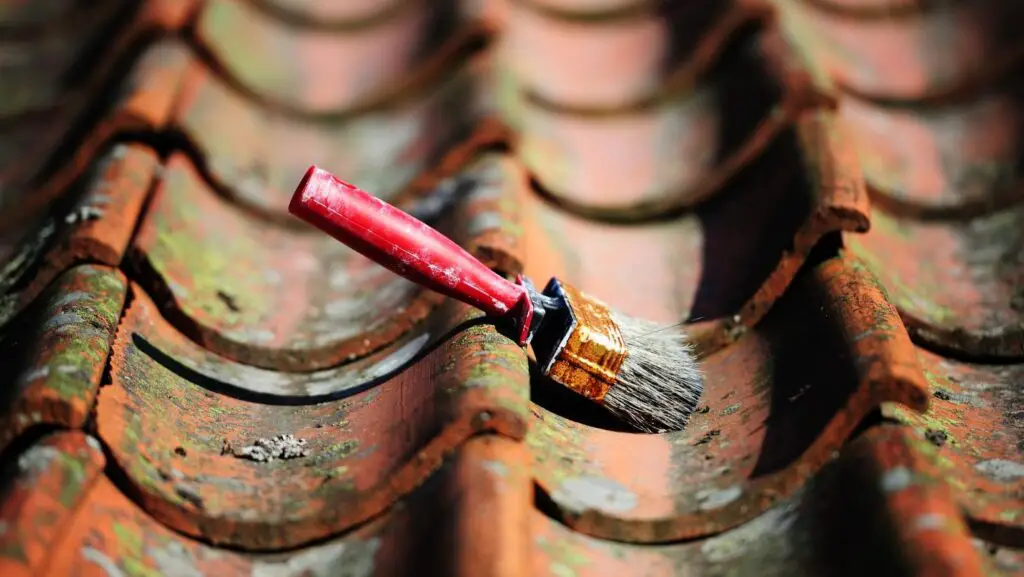
Log Cabin Roof Maintenance
Regardless of which log cabin roofing material or log cabin roof finishing option you choose for your home, it’s important to take the time to properly care for and maintain your log cabin roof.
By taking proper care of your log cabin roof, you can help to extend its lifespan and ensure that your log cabin will be protected from the elements for years to come.
One of the best ways to care for your log cabin roof is to regularly inspect it for signs of damage. If you notice any leaks, cracks, or other log cabin roof damage, it’s important to have them repaired as soon as possible in order to prevent further log cabin roof damage.
In addition to inspecting your log cabin roof regularly, you should also schedule log cabin repair and roof maintenance appointments on a regular basis. A qualified log cabin roofing professional can help to address any log cabin roof issues that may arise and perform routine log cabin roof cleaning to keep your log cabin looking its best.
Our log home roof checklist includes:
- Inspect your log cabin roof regularly for signs of damage or leaks
- Schede log cabin roof maintenance appointments
- Use a log cabin roof sealer to protect your log home from the elements
- Maintain your log cabin roof by cleaning it and addressing any issues
By following these log cabin roofing tips, you can help to ensure that your log cabin will be protected from the elements for years to come.
Conclusion
We reckon that by now you’re pretty well versed on log cabin roofing and log cabin roof finishing options. So what’s the next step?
Now that you know all about log cabin roofs, it’s time to start planning your log cabin build! Check out our log cabin floor plans to get started, or browse our log cabin kits to find the perfect log home for your needs.
